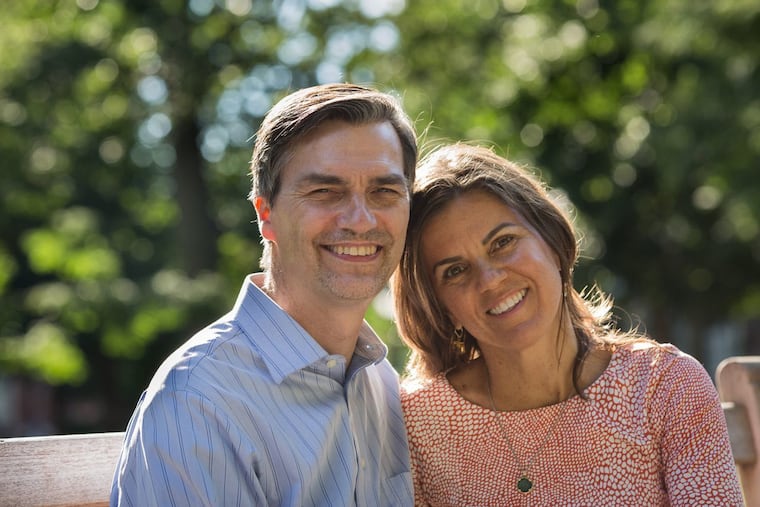Practicing gratitude with kids is as simple as eating M&Ms
Gratitude doesn’t come naturally for kids. But there are ways to develop it as a skill.

“How was school?”
The obligatory parent question seems universally loathed by kids. Rarely is the answer satisfying.
Suzann Pileggi Pawelski has a different approach.
“Tell me one good thing that happened today,” the positive psychology specialist asks her 12-year-old son, Liam, on the way home from school.
» READ MORE: Gratitude isn’t just polite. A Philly-born psychology movement shows it is a path to happiness.
Gratitude can be a challenging concept for children to understand — and for adults to explain to them. Ever seen a parent prompt a child to say thank you, even when it’s clear the kid has no idea why? But introducing children to the concept of gratitude early can help them establish stronger relationships and teach them to value the things they love.
“Gratitude is one of the most important, if not the most important, emotion or character strength for individual well-being and for relationships,” Pileggi Pawelski said.
She and her husband, James Pawelski, wrote the book Happy Together: Using the Science of Positive Psychology to Build Love That Lasts. In it, they emphasize the importance of expressing gratitude — not just thinking it.
“It’s not enough for me to just feel grateful for my mom or my brother,” Pileggi Pawelski said. “If I’m not expressing it, it’s not impacting them.”
Practicing with M&Ms
For young children, James Pawelski, a professor of positive psychology at the University of Pennsylvania, likes an exercise he learned from a student: Grab some M&Ms and count your blessings.
Children get to pull out an M&M from the bag. Before they eat it, they must say something they are grateful for based on the color. For example, blue could be something in school, yellow something about themselves, orange an object, green an event, and brown telling someone why they are grateful for them.
“That’s a nice way of helping kids practice something like gratitude within a family kind of context,” Pawelski said.
Pileggi Pawelski admits that, at first, her son resisted her after-school gratitude exercise, but she stuck with it.
» READ MORE: Write a thank you letter this holiday season. It could bring ‘tears of joy’ — to you and the recipient.
The brain naturally focuses on threats, what can go wrong, she said. Asking about one good thing redirects attention toward things that we can be grateful for.
But recently, Liam has been responding. Once, when she was distracted by traffic and forgot to ask, Liam initiated the conversation.
“Mom,” she recalled him saying, “I have to tell you about my one good thing.”